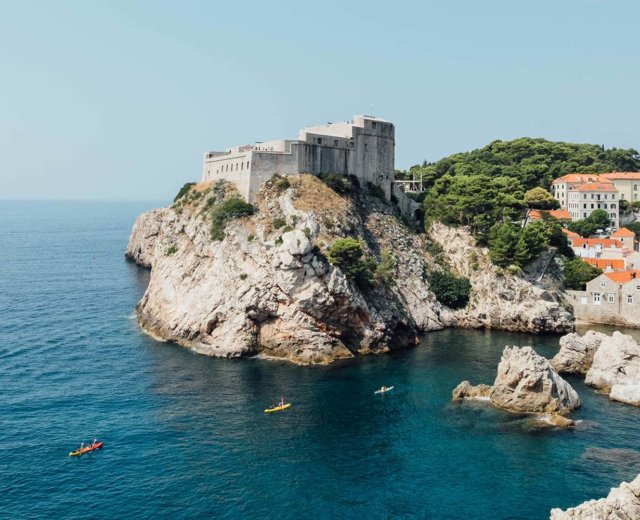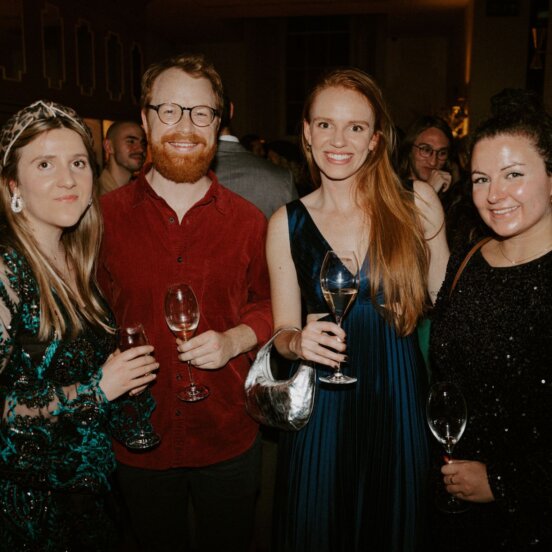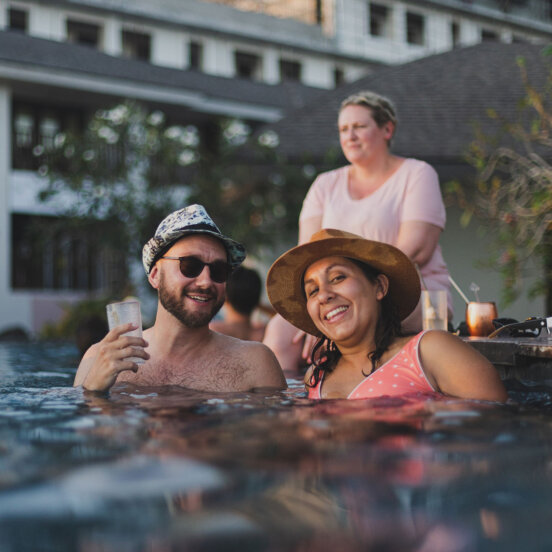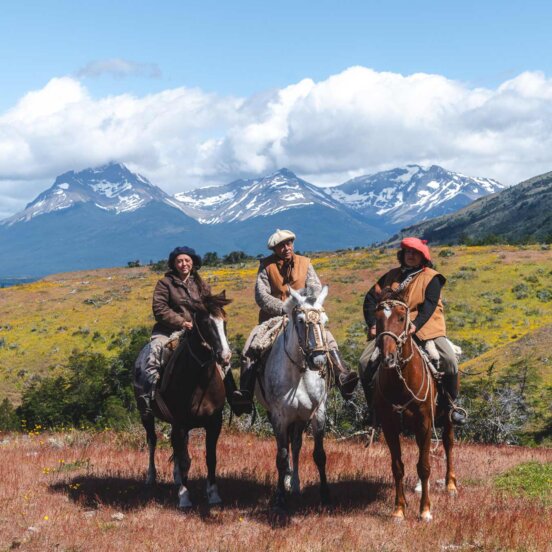Access all ateliers: the artists and artisans crafting Morocco’s design scene
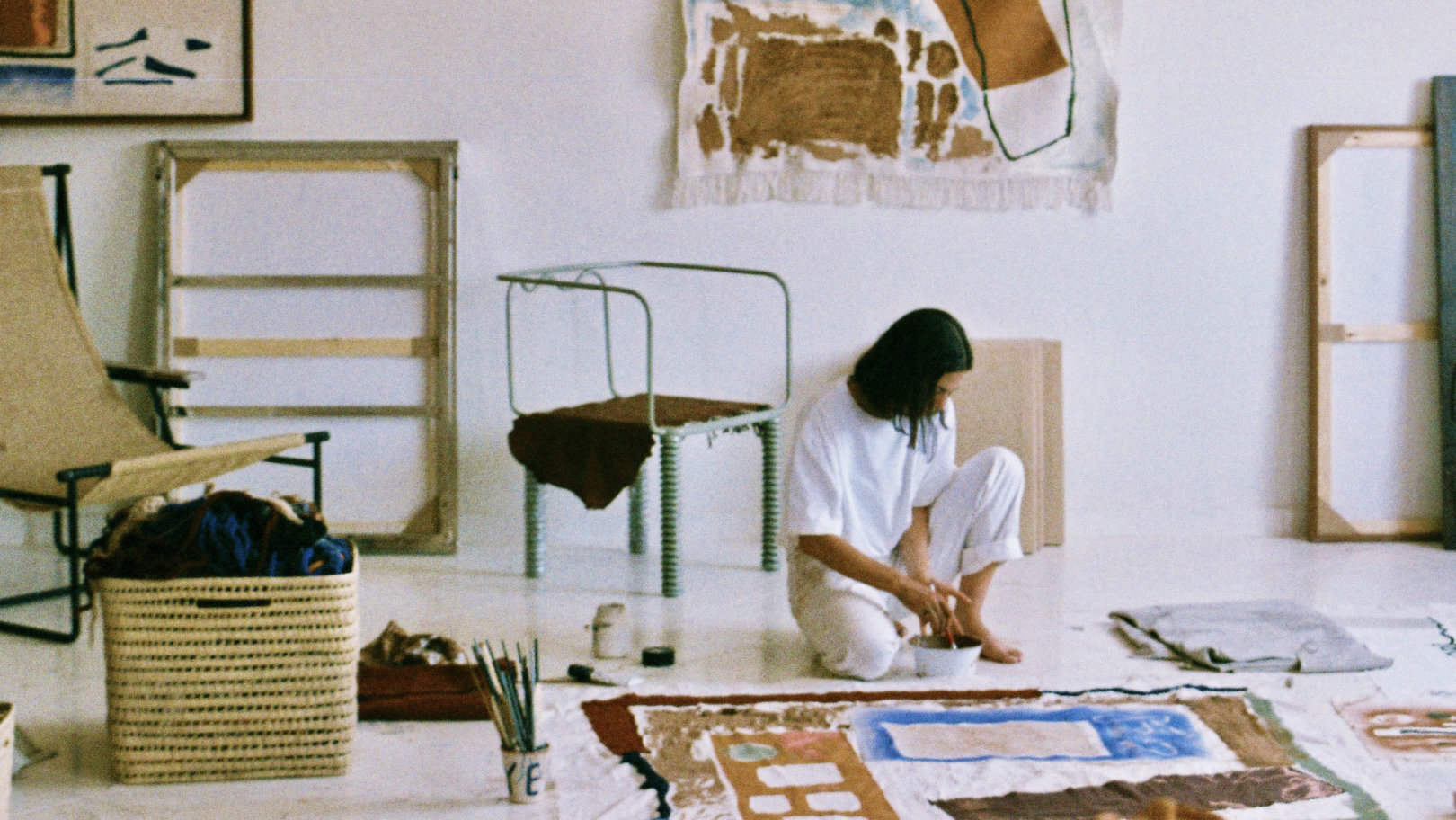
Think of Morocco’s design and your mind will likely conjure all things wild, colourful and intricate. You might imagine ornately carved Medina gates framing a dusty square. Labyrinthine souks showcasing bejewelled metalwork or kiln-baked pots. Even a bustling workshop, where market sounds are muffled by expertly woven Berber rugs, stacked high and covering every surface.
You wouldn’t be far off; an age-old Arabian Nights-esque feel does endure. Within the iconic clay-coloured walls of Marrakech, you’ll still find talented locals bent over leatherwork, fresh from the toils of the tanneries. Yet, at the same time, modern Moroccan design is having a moment and the contemporary art scene is thriving, bolstered by a new wave of raw talent.
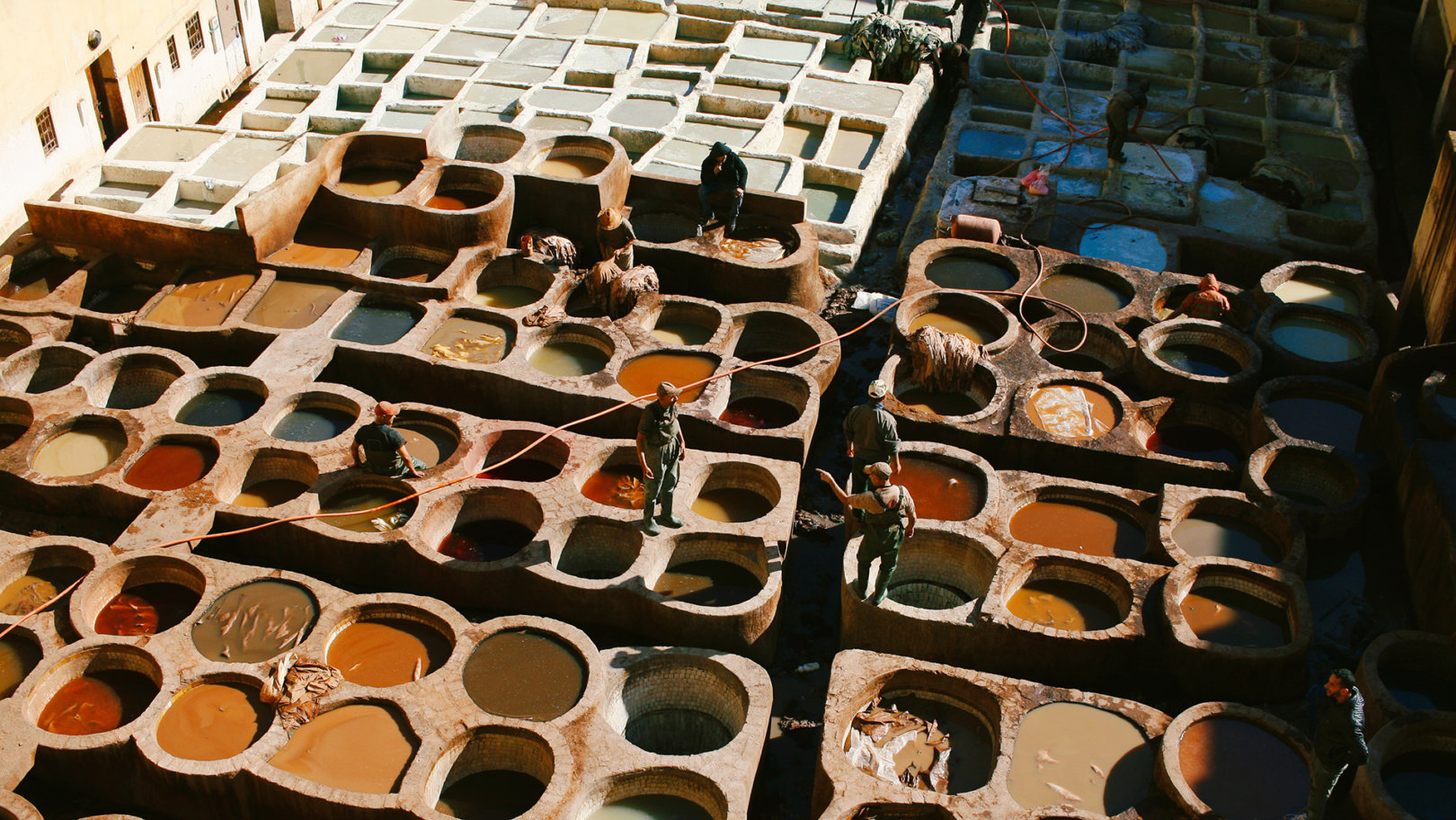
Leatherwork fresh from the tanneries still stocks the souks
Today, creatives are opening studios and lifestyle brands that sit happily among the yoga studios and surf shacks of Essaouira, Fez, Casablanca and beyond. Artists and makers are clearly inspired by the country’s relationship with loud hues and ornate shapes – and their work is fanning out, not just across Morocco, but around the world.
From zellige-tile inlays and dazzling feature walls to rough-hewn fabrics and glazed terracotta, the trend for all things Moroccan is evident in boutique hotels, bars and concept stores in every major city. But one element that marries these interiors, furniture and objets d’art is the perfectly imperfect essence of hand-hewn craftsmanship.
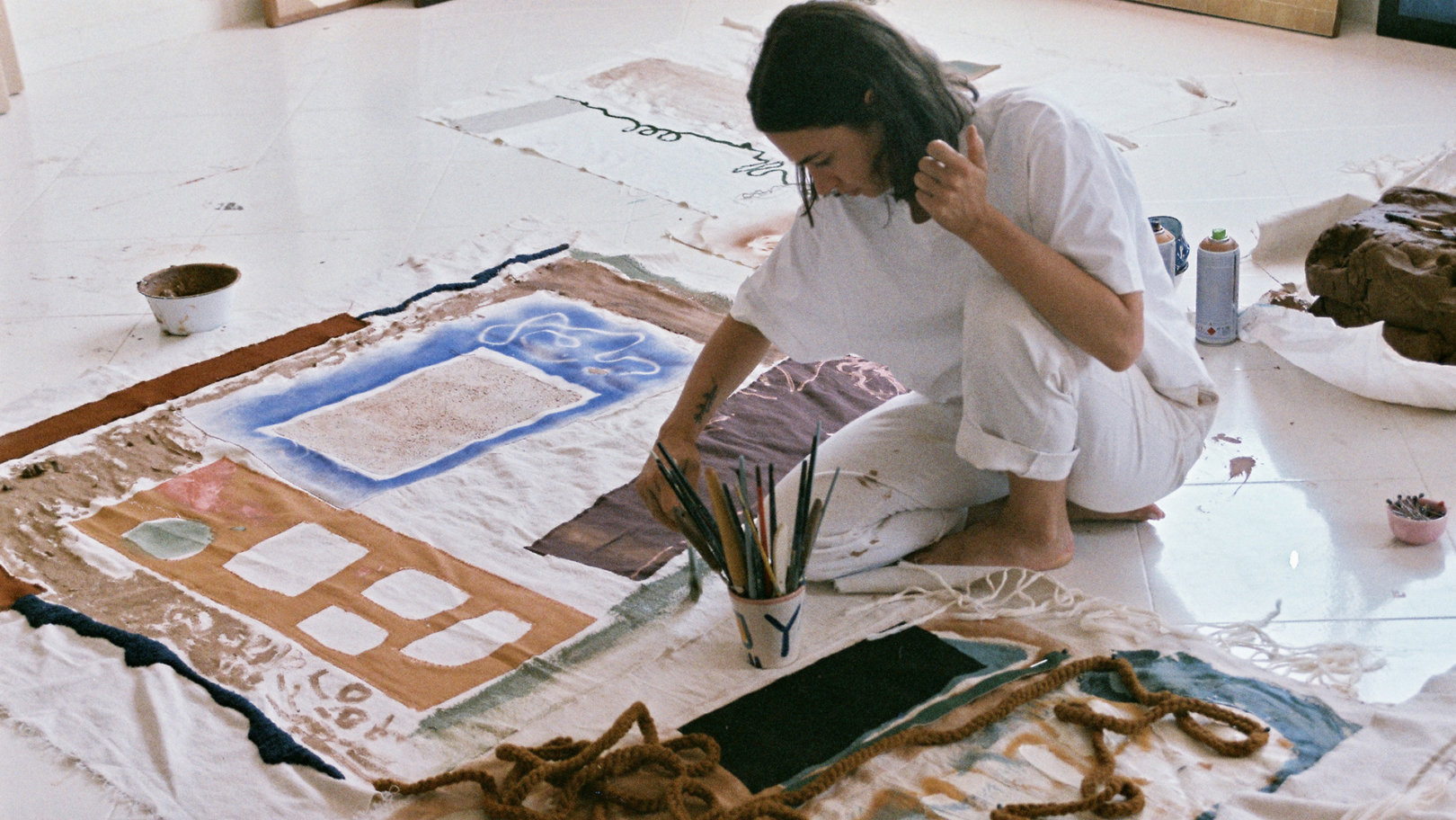
Design brand LRNCE collaborates with local artisans
Marrakech-based interiors brand and studio LRNCE celebrates this, peddling pieces that took real skill to create. Their mission is to collaborate with local artisans to build something new, in contrast to others who might buy the work at source and sell it further afield for an extortionate mark up. Stylish founder, Laurence Leenaert, who relocated from Belgium to the Red City in 2015, attributes the country’s modishness to ‘Moroccan know-how’.
“Many techniques and skills are inherited from older generations. Lots of patterns and drawings are inspired from ancient culture and traditions. They can be very time-consuming to produce, especially when recreated in hand-painted ceramics, embroideries or woodwork.”
LRNCE’s social media is taken up by vintage-style vignettes, displaying unique table linens, mirrors, lamps, clothing and cement tiles. Pieces capture the country’s sandy hues and sun-soaked, laid-back qualities – ironically, since the process of making them can be anything but. “Artisans are meticulous and rigorous about the making process and their work requires a huge amount of patience, which makes it all the more unique”, Leenaert continues.
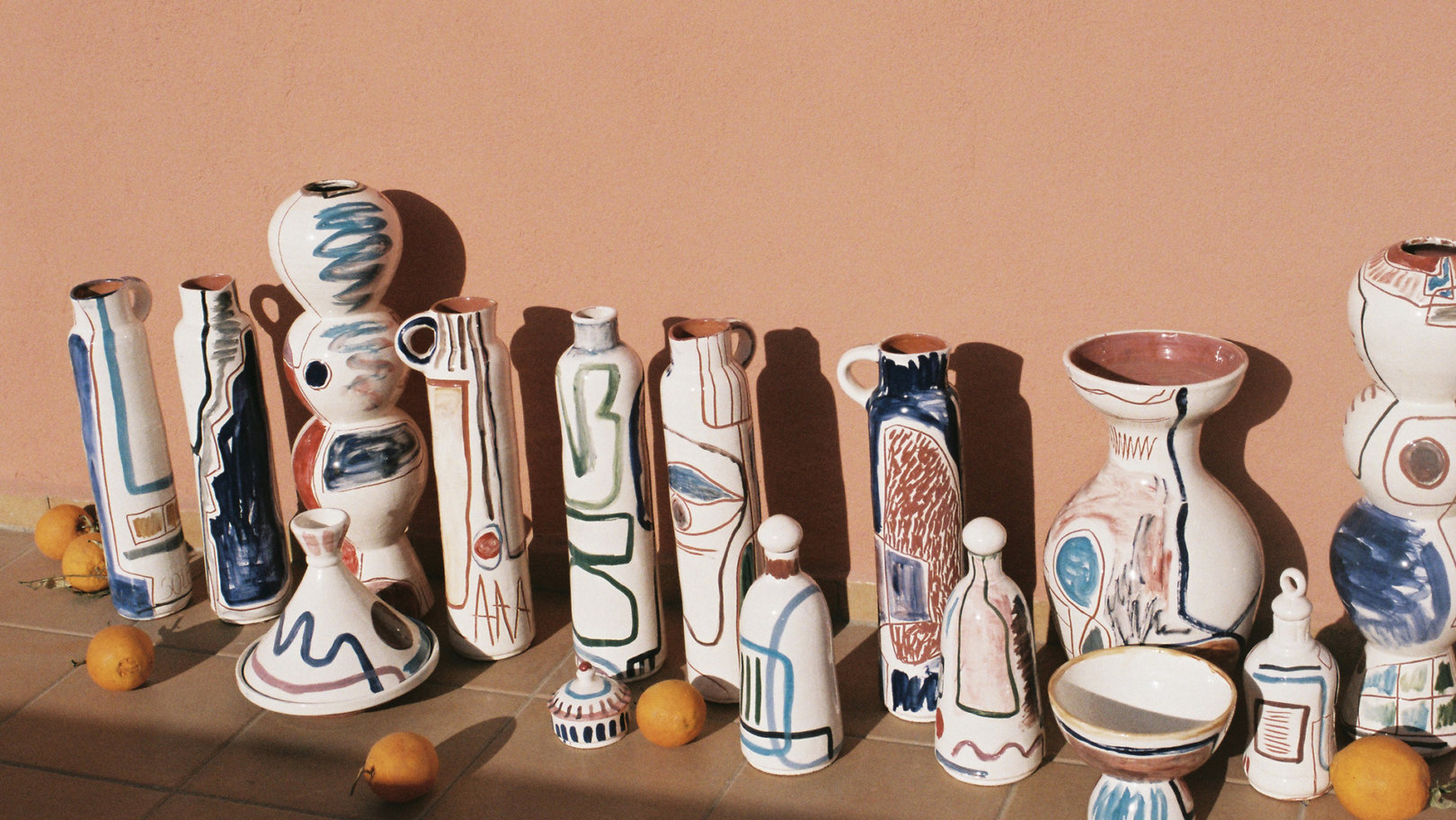
You can feel the time it took to make the ceramics
LRNCE’s strongest-selling signature pieces are painted ceramics and textiles like hand-knotted rugs and bedspreads. This, Leenaert attributes to their authenticity: “They are products where you can feel the time it took to make. They represent our vibe and energy perfectly.”
Desperate to get amongst it? Point your scooter (or sidecar) in the direction of the Bab Doukkala gate, then venture inside the mediaeval walls. You’ll be rewarded with mint tea when you find Mustapha Blaoui’s warehouse of dreams, where (secret’s out) most stylish hotels and riads source their quirkiest items. Belgian designer Valérie Barkowski’s cavernous concept store is just a few doors down. Next up, souvenir hunters shouldn’t miss Chabi Chic‘s homeware store, either.
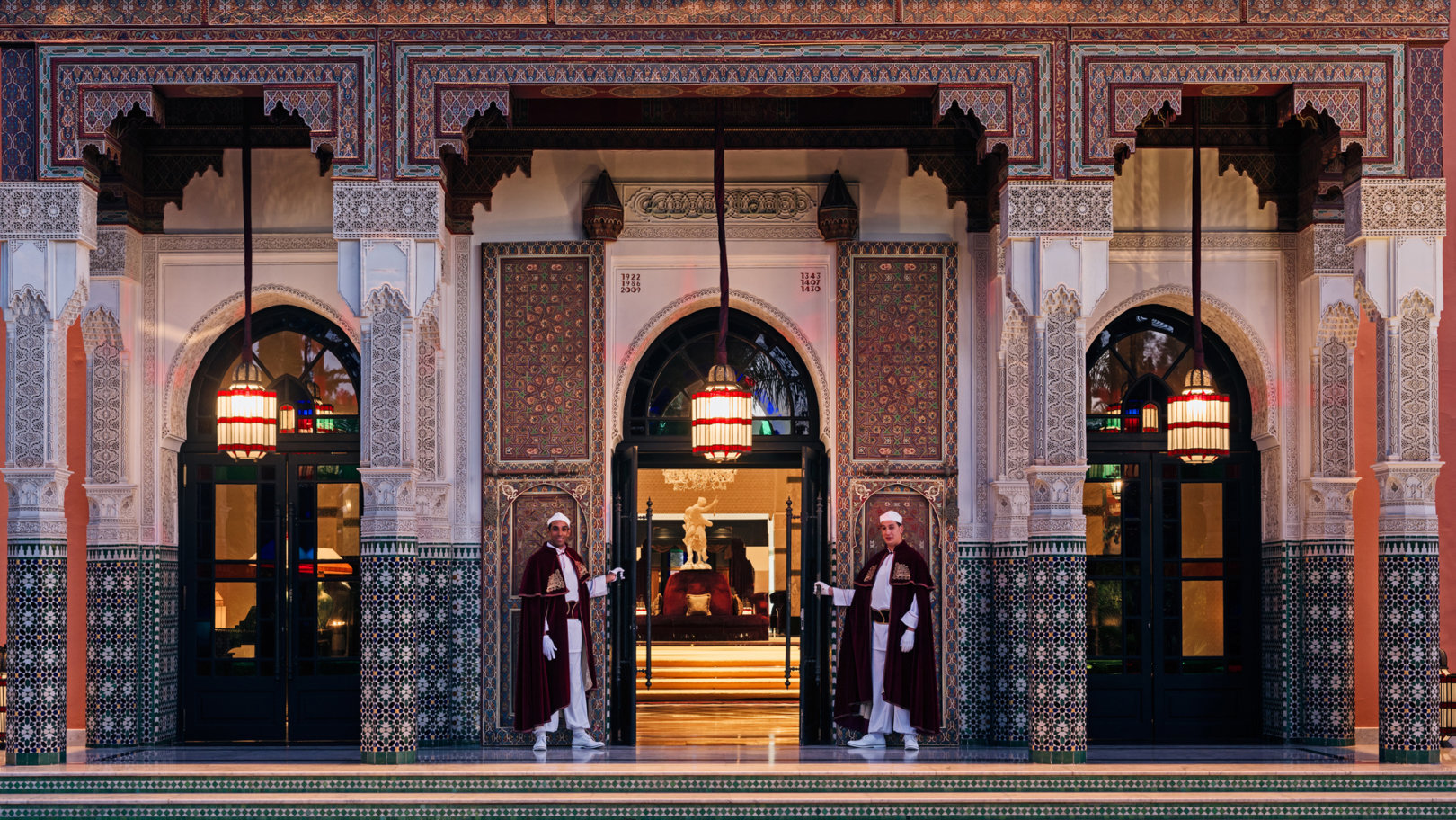
Winston Churchill fell for La Mamounia’s opulent design
This is how Morocco has always traded its wares. Long before the internet made it easy to get your hands on precious, homespun pieces, design lovers descended on Morocco to be inspired. Celebrities and makers began coveting the city in the 1940s, soaking up the heady atmosphere and set on creating something special of their own.
Former Prime Minister Winston Churchill, an avid painter, was one of the first. Holed up in the no-luxury-spared La Mamounia hotel, he fell in love with the opulent Moorish design; looming ogee arches decadently surrounded by lush manicured gardens. He declared Marrakech “the most lovely spot in the whole world” – a sentiment designer Yves Saint Laurent found himself agreeing with a couple of decades later.
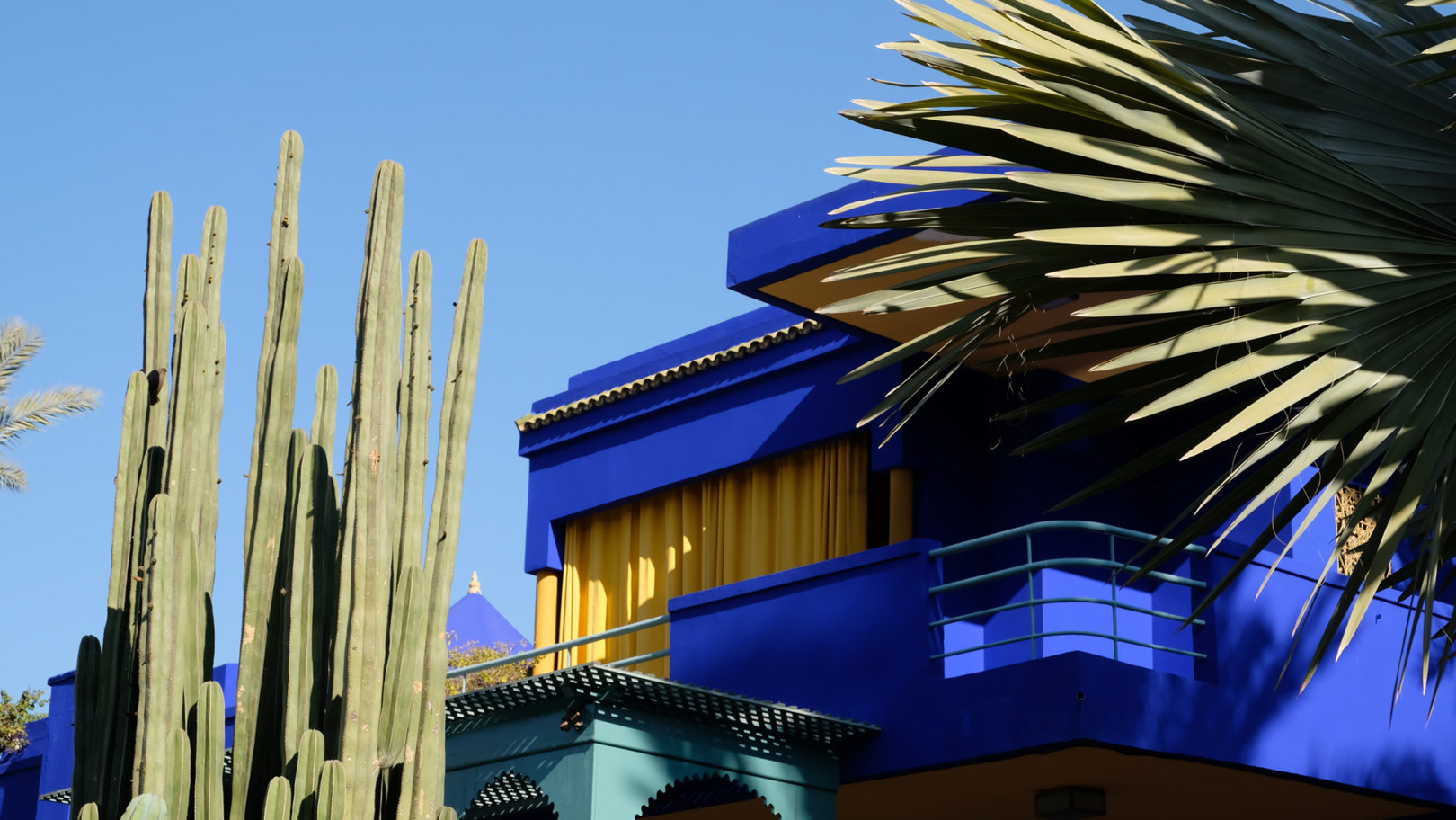
Yves Saint Laurent was enthralled by the Jardin Majorelle
The fashion designer was enthralled with Morocco’s special brand of North African chic. He returned every June and December to design his collections in Marrakech, accompanied by the likes of Mick Jagger and Andy Warhol, before buying Jardin Majorelle, now a spectacular botanical garden. Its unmistakable, electric-blue walls – originally painted by French artist Jacques Majorelle – are still one of the country’s most popular attractions and a source of inspiration for designers and artists today.
Indeed, it’s the daring, punchy colours of Morocco that first drew creatives here. Saint Laurent said of the place: “Marrakech introduced me to colour. Although I was used to the light and shades of North Africa, it was only later, when I discovered Morocco, that I understood my colours were those of zelliges, souks, djellabas and kaftans…”
“For whatever daring things I have done since then,” he continued, “I am indebted to the country – to the violence of its harmonies, the insolence of its mixtures, the intensity of its inventions.”
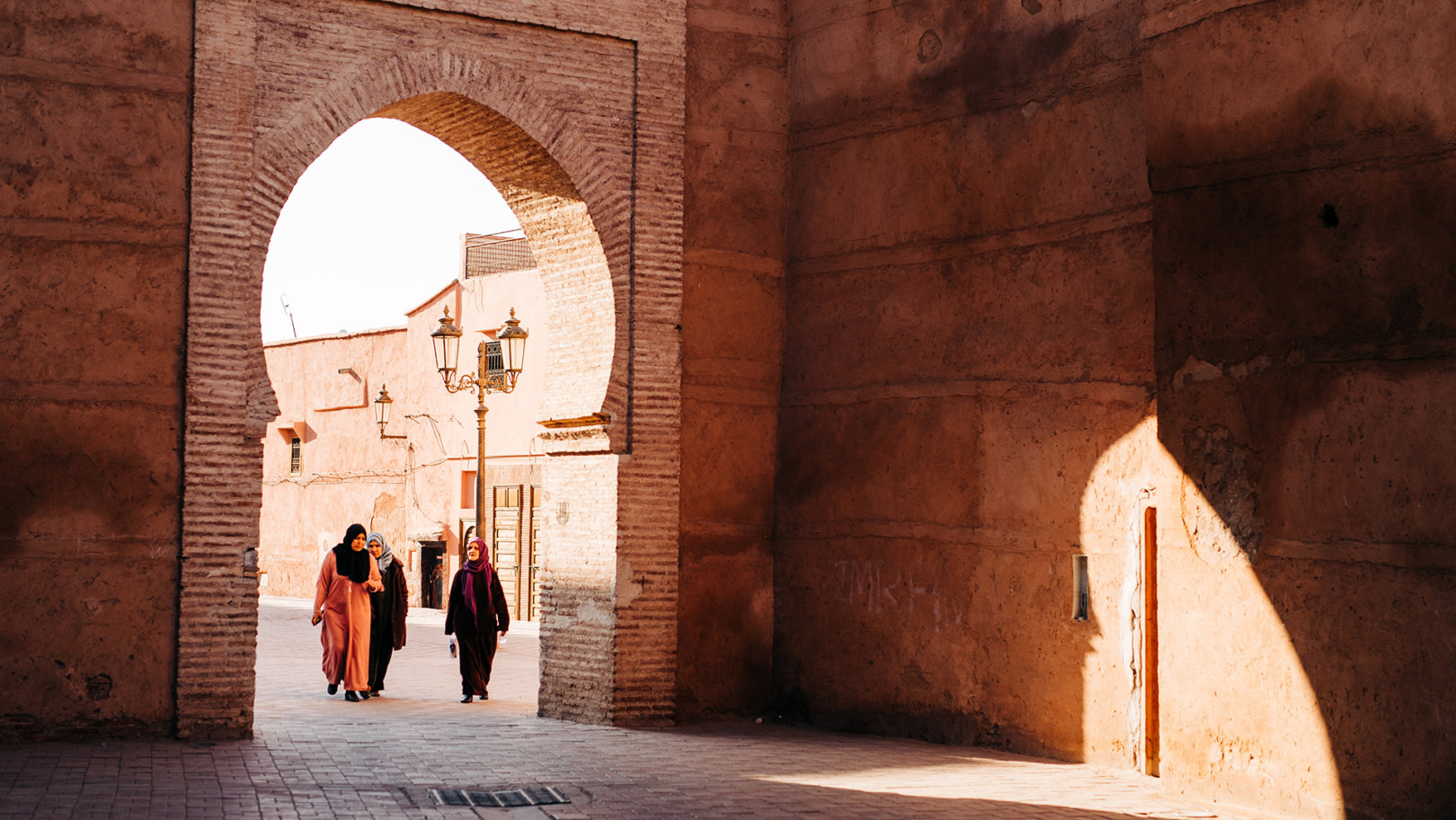
French artists Matisse and Cézanne were struck by the light
Fellow French artists Matisse and Cézanne were struck by the unique quality of the light, Cézanne sputtering: “All this luminous colour, seems that it enters the eye like a glass of wine running into your gullet and it makes you drunk straight away”.
This deep relationship with colour is intrinsic to the most affecting works coming out of the country today. Zakaria Ramhani‘s Arabic calligraphy and large-scale paintings are a riot of shades. After 12 years of living in New York, Paris and Montreal, Ramhani found himself drawn back to his hometown of Tangier, in the country’s northwest. For the technically more powerful light, of course, but also for the people and surrounds.
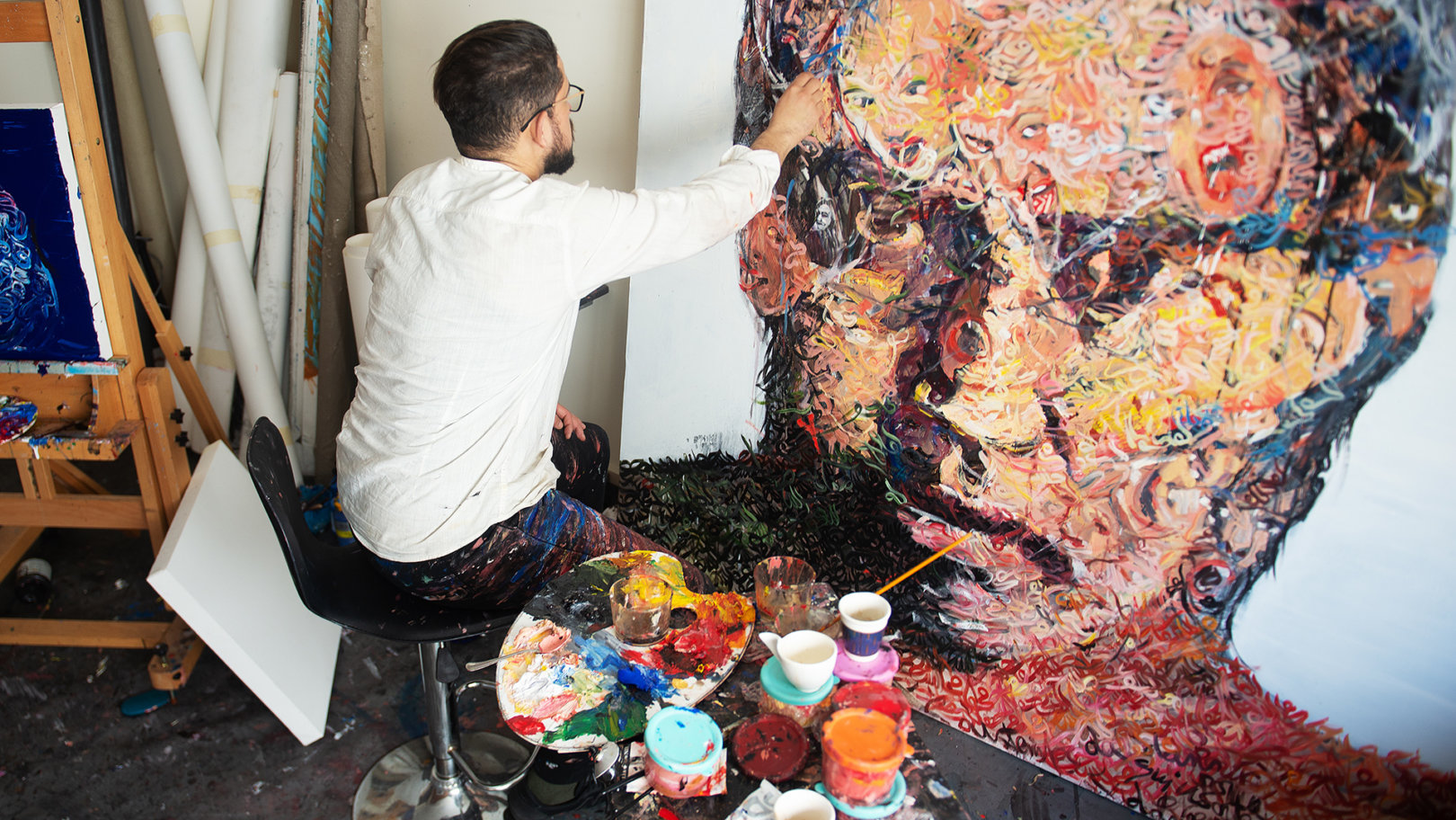
Artist Zakaria Ramhani was drawn back to his hometown of Tangier
“It’s my city, my country. After 12 years away, I was happy to move back. The faces here are more familiar to me. The colours more clear”.
Ramhani is interested in Morocco’s “unique blend of cultures and civilisations”. Joking with me about mint-tea milkshakes, he says he loves how cultures meld together here. Echoing the ethos of LRNCE, Ramhani says good Moroccan work “recalls the beauty of simple art, that’s made by humans, not machines”.
He finds Moroccan culture inspiring on two levels: “The first is purely visual, the second is probably spiritual – or emotional. Morocco is one of the richest countries when it comes to the details”.
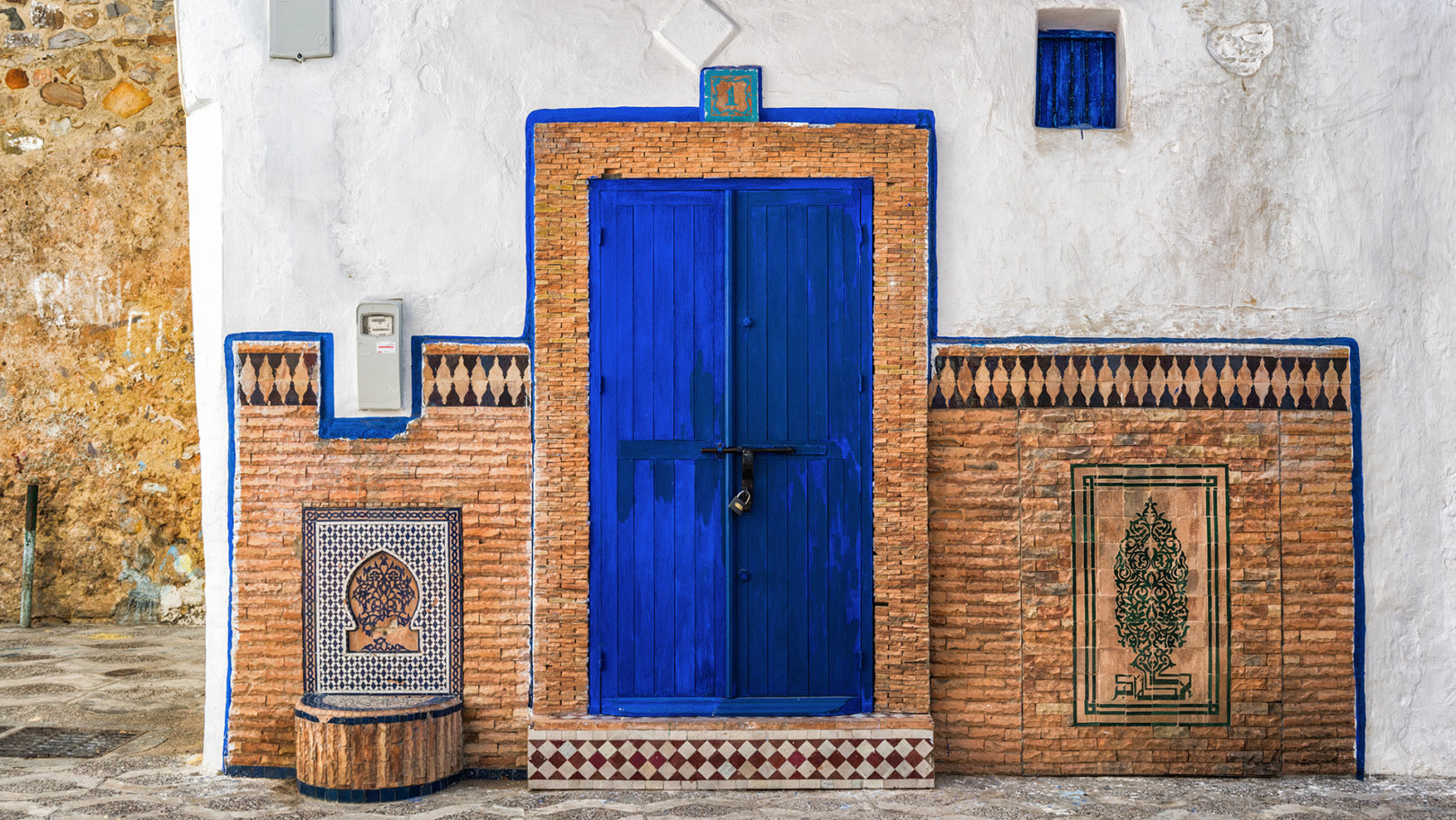
There’s a reason the world keeps returning to Morocco
This is evident at the Musée d’Art Contemporain Africain Al Maaden and the David Bloch Gallery, a superb modern building in Marrakech housing contemporary art. Exhibitor Ghizlane Sahli uses intensely colourful materials in her distinct embroideries, fabrics and traditional crafts, exulting in material transformation. Her work begins with the careful search for raw materials.
In a city obsessed with craft, it’s obvious where to start: “I go to the Medina with an idea in mind and simply choose from the colours they have”.
And so, we see electric blue standing stark against her white backdrop, a captivating shade that can be nothing but Moroccan. It might be easier than ever to bring the country’s signature style straight to your door. But there’s a reason the world keeps returning to Morocco. Some things have to be found for yourself.
Flash Pack’s new Morocco adventure starts and ends in Marrakech, ticking off the Atlas Mountains, Agafay Desert and Essaouira.
Along the way you’ll find expertly designed experiences, such as vintage sidecar tours, vineyard visits, Berber cooking classes and more.
Images: ©LRNCE, @ramhanistudio, @anotherlookofpictures, ©Ghizlane Sahli, courtesy of La Mamounia & Unsplash

